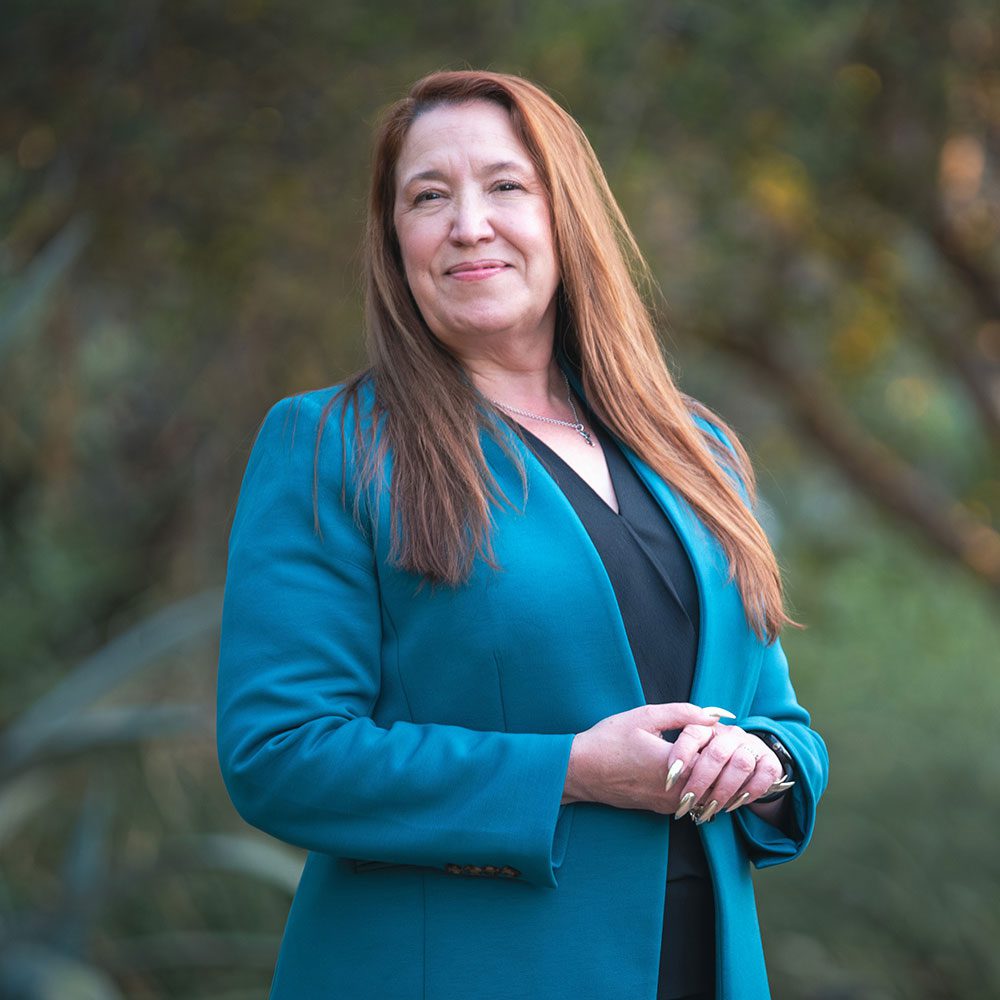By Jean Chorazyczewski, InCommon Academy Director
Estimated reading time: 5 minutes
In today’s evolving digital landscape, institutions must embrace the opportunities that new technology offers while simultaneously navigating an ever-evolving landscape of security threats. Building trust and ensuring robust cybersecurity are critical pillars for long-term success.
Dr. Donna Kidwell, chief information security officer and deputy CIO at the University of Toronto, will be the featured speaker for the upcoming IAM Online webinar, “Playbook – Effective Strategies for Cybersecurity, Digital Trust, and Community Engagement,” on June 12 at 1:15 p.m. ET.
During this webinar, Dr. Kidwell will draw from her extensive experience in cybersecurity, including her tenure at Arizona State University, where she safeguarded over 177K students and 17K faculty from cyber threats. She will present her newly released playbook, which offers practical strategies and 17 action items for enhancing cybersecurity, building digital trust, and fostering inclusive workplaces at higher education and research institutions.
Chris Misra, vice chancellor for Information Technology and CIO at the University of Massachusetts Amherst, will introduce Dr. Kidwell at the webinar.
Here is a preview of additional insights she will share in her presentation.

Best IAM Advice You Have Ever Received:
The best IAM advice I’ve received came from Lev Gonick, enterprise chief information officer at ASU. Instead of always being on the defensive, he says think offensively. Stay proactive and lead rather than simply reacting to threats. This mindset shift has been instrumental in shaping my approach to cybersecurity and digital trust. By adopting a proactive stance, we can empower ourselves and our organizations to be one step ahead, setting the tone for a secure and trusted digital environment.
Institutions are facing an escalating threat landscape, with ransomware and
complex attacks becoming all too common.
Bad actors are drawn to universities
because we have rich information about the people on campus and are creating cutting edge
knowledge, while at the same time we have many entry points and attack surfaces. The rapid use
of AI by threat actors poses a significant challenge, as they leverage this technology faster
and with more sophistication than we see within our campuses, creating a complex and dynamic
threat landscape.
This is a critical time for us to step up and address these
challenges. By rethinking our approach to cybersecurity and identity management, we have an
opportunity to modernize and strengthen our technological infrastructure. By embracing digital
transformation, we can protect our institutions and the people who depend on us while also
serving the needs of lifelong learners in a way that’s fit for the future.
As a community, we recognize the importance of privacy by design, security by design, and zero-trust mindsets, but turning these into tangible actions can be challenging. I want to share the lessons learned during my time at ASU, providing practical steps and strategies that institutions can implement. It’s about offering a design perspective, a unique angle that you won’t find in standards guidelines or regulations. By sharing these insights, I hope to provide a roadmap for organizations to navigate the complex world of digital trust.
We have to be willing to think differently and more strategically
about the work we’re doing. We face constant pressure on our resources and we struggle with
priorities. There’s always so much to do, and it can be overwhelming, making it hard to even
contemplate tackling something as complicated as cybersecurity.
However, it’s
crucial that we step out of our project-by-project mindset. Take a step back and ensure that
each project contributes to aspirational goals. It’s a matter of perspective and keeping our
eyes on the future we want to build.
I hope that attendees will walk away with a toolkit of 17 action items that
they can immediately apply within their institutions.
The playbook outlines two key
workstreams: “Focus on the People” and “Engineering and Technology.” The first stream emphasizes
the human element, with actions centered around governance, education, and engagement. It’s
about fostering an inclusive workforce, redesigning processes, and bringing people together
creatively. The second stream is about the technical aspects, exploring how we can architect
trust through our networks, identities, and system designs.
By providing these two
perspectives, I aim to offer both strategic guidance and tangible tactics. Attendees will gain
insights into convening cross-campus collaborations and understanding their unique risk
landscape.
JOIN US FOR IAM ONLINE
Please join us online for “Playbook – Effective Strategies for Cybersecurity, Digital Trust, and Community Engagement” at 1:15 p.m. ET on Wednesday, June 12, 2024.
- Have you already registered for IAM Online in the last year? You will automatically receive Zoom coordinates for current and future IAM Online webinars—you only need to register once.
- Yet to attend an IAM Online webinar? Register today for free!
- Webinar details will be emailed directly to all registrants on the morning of the event.
- Do you have ideas for IAM Webinars you would like to watch? Fill out this form and let us know what you would like to see.
